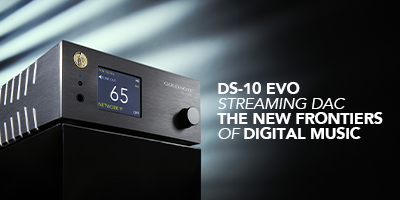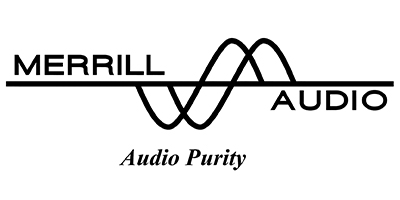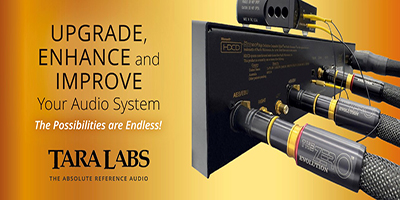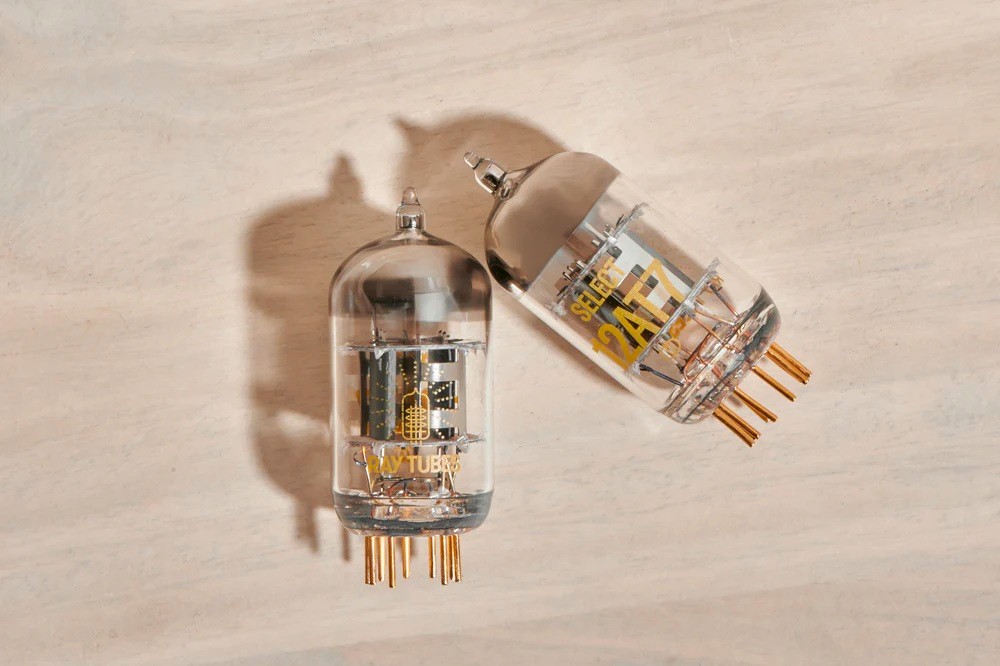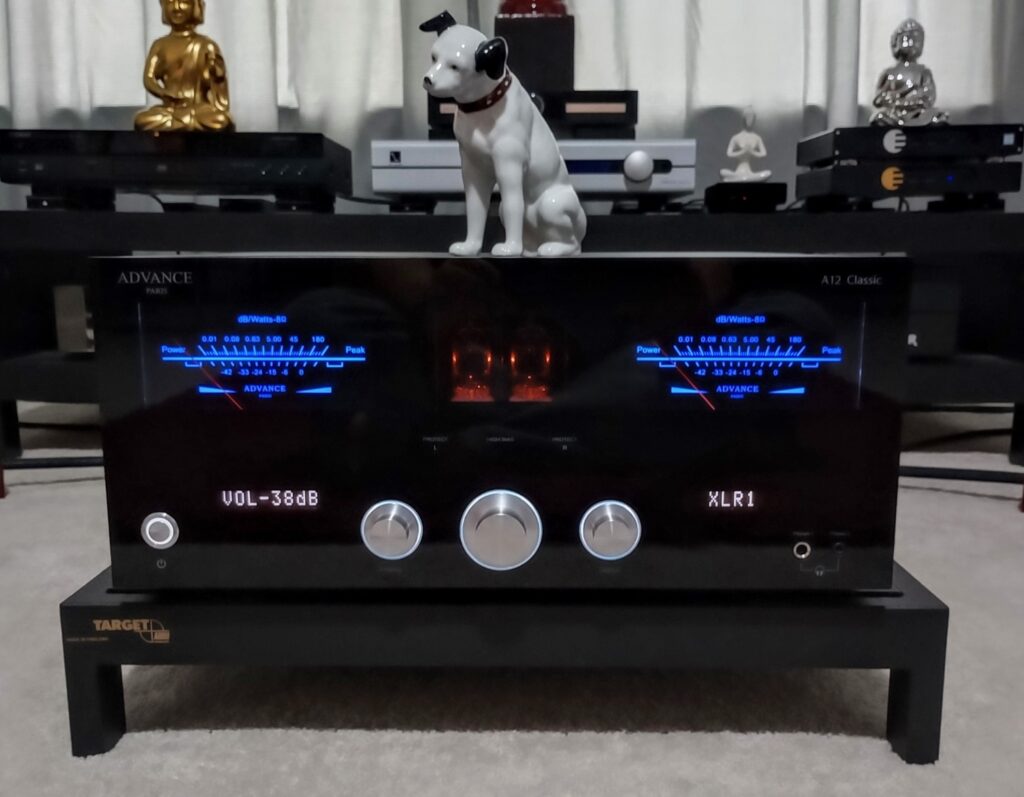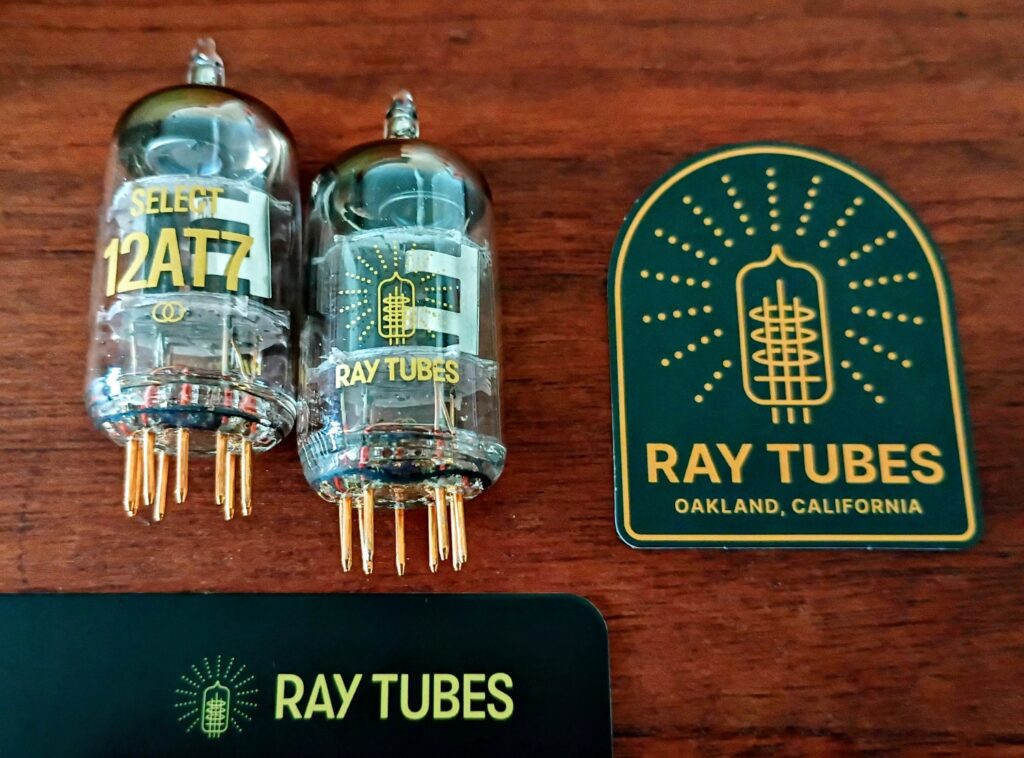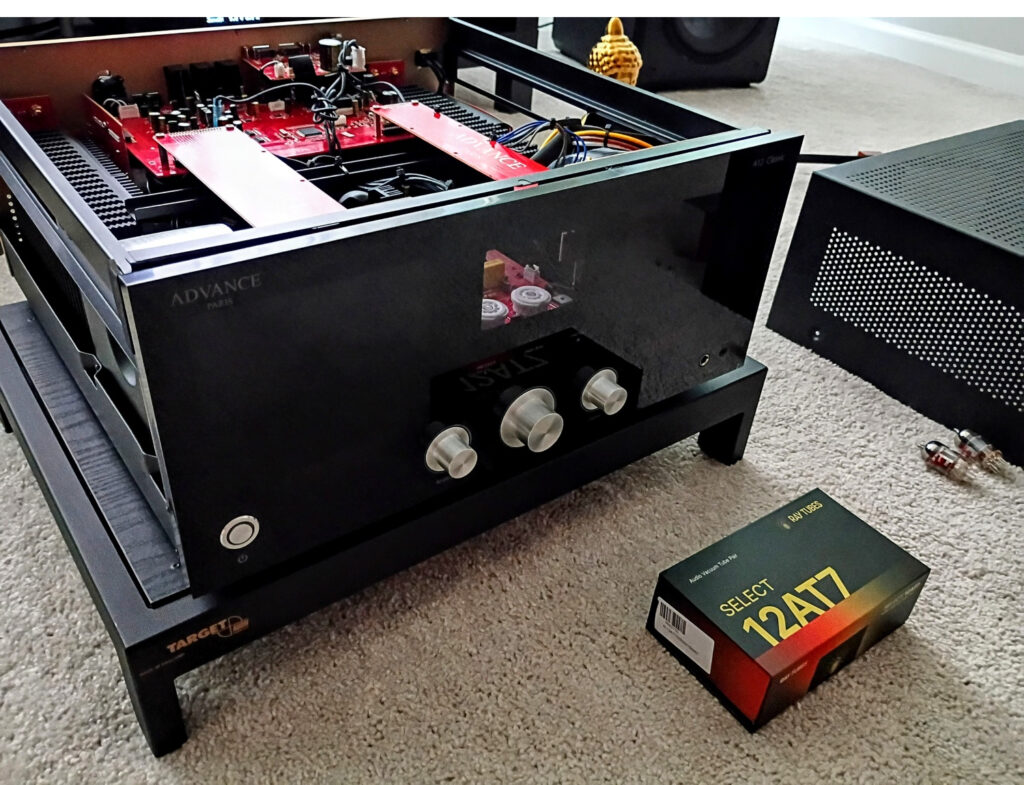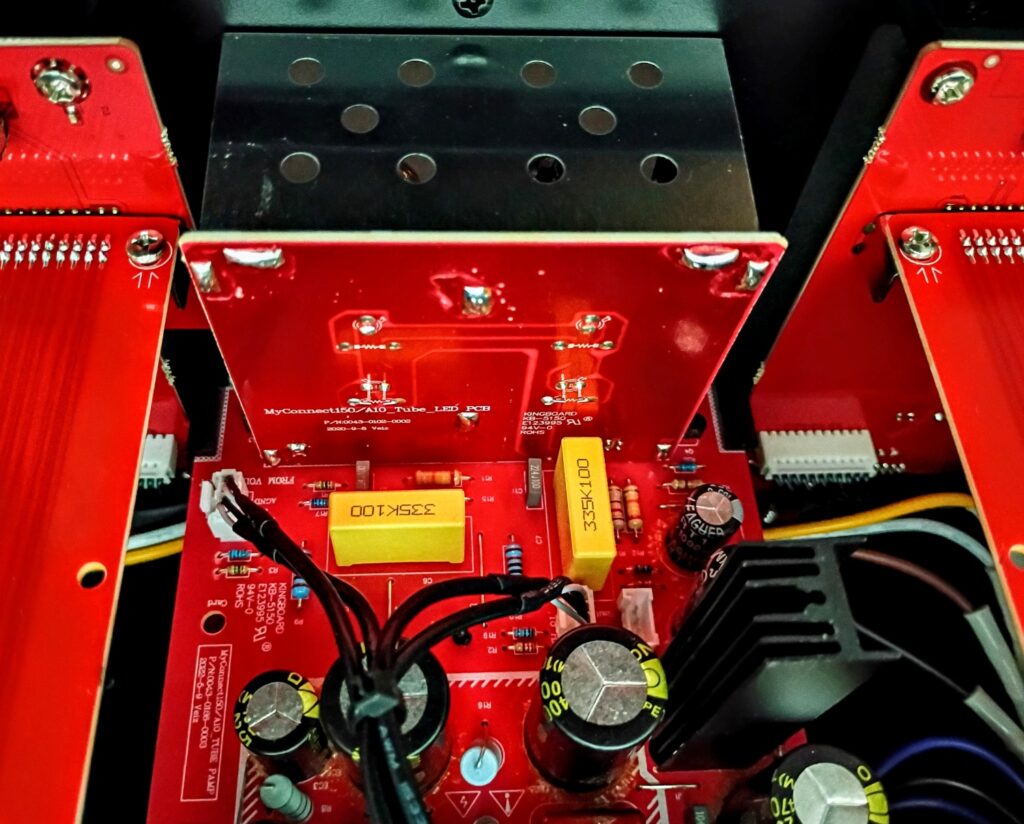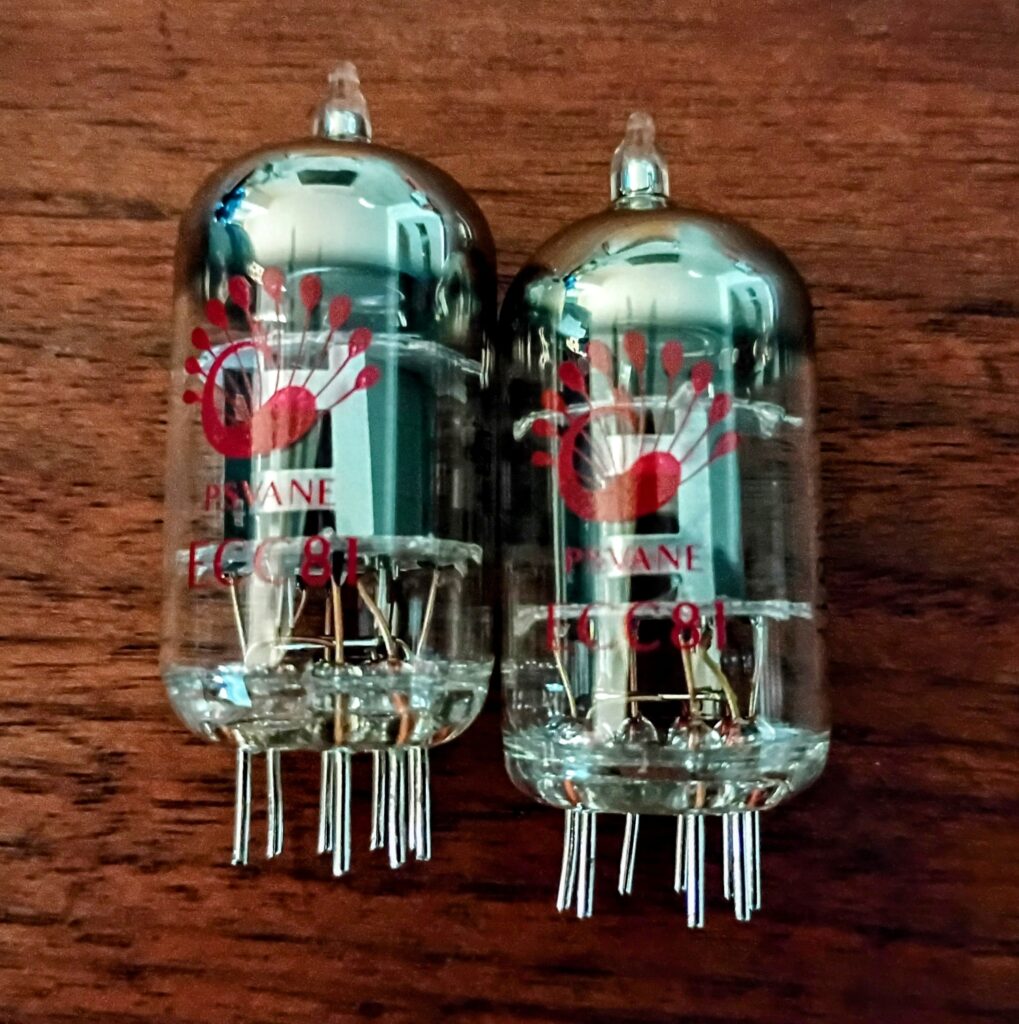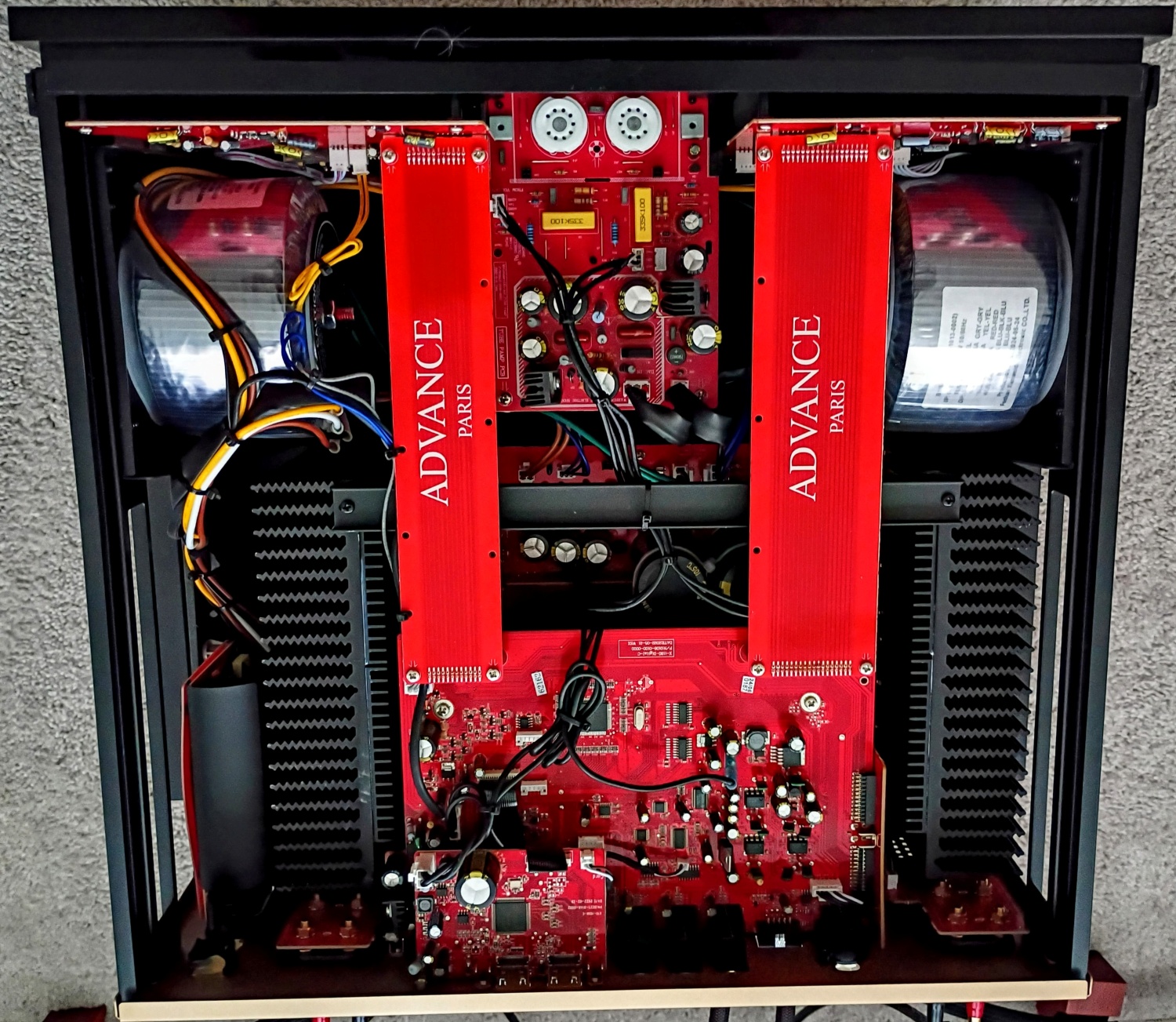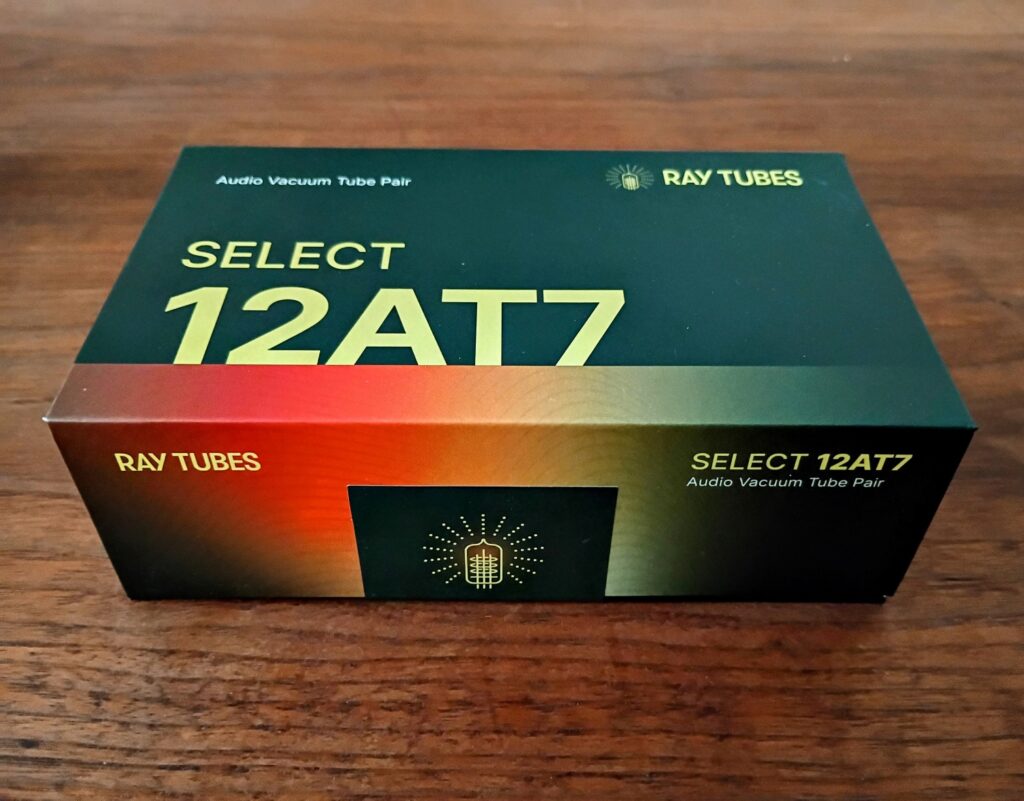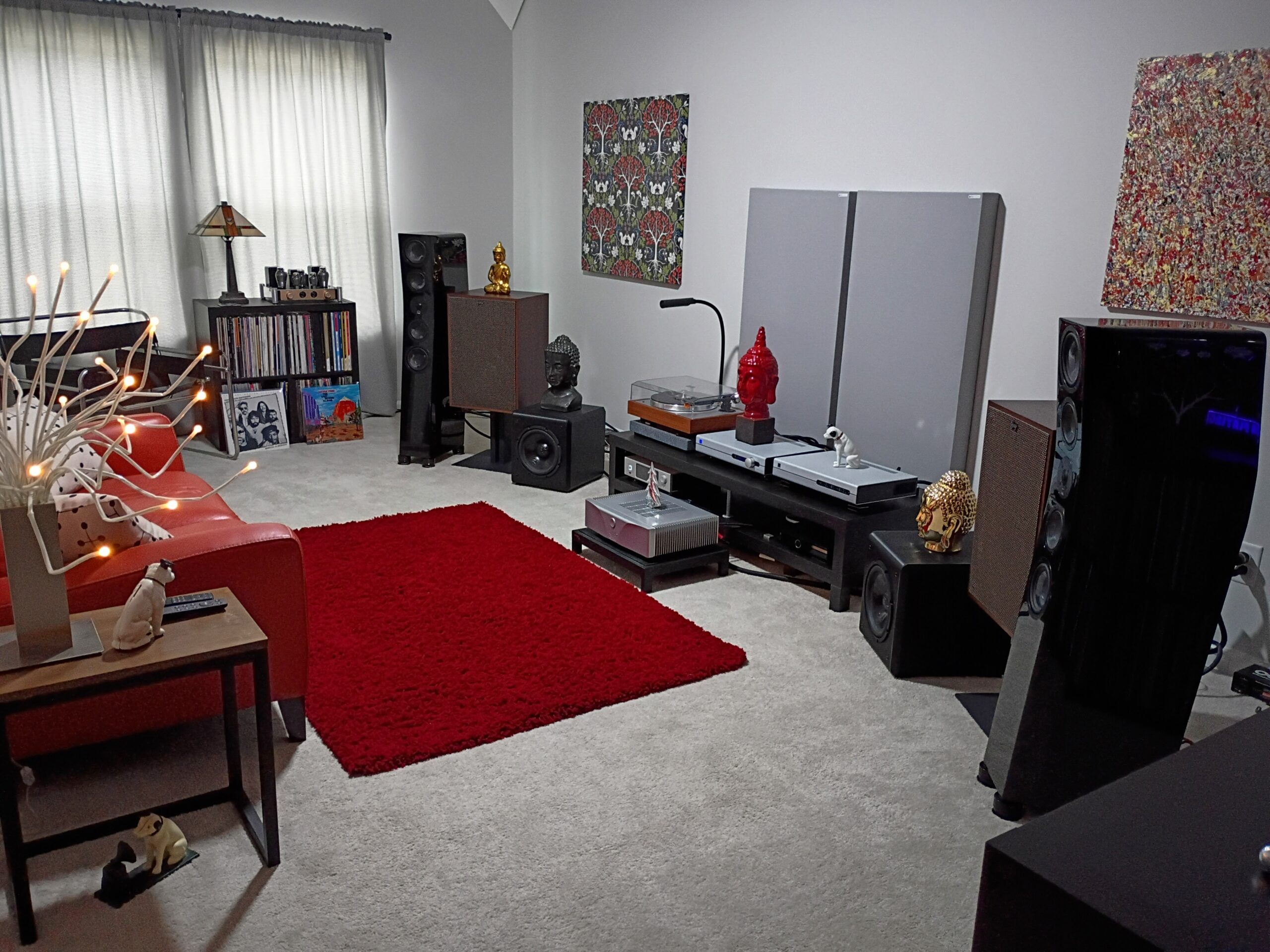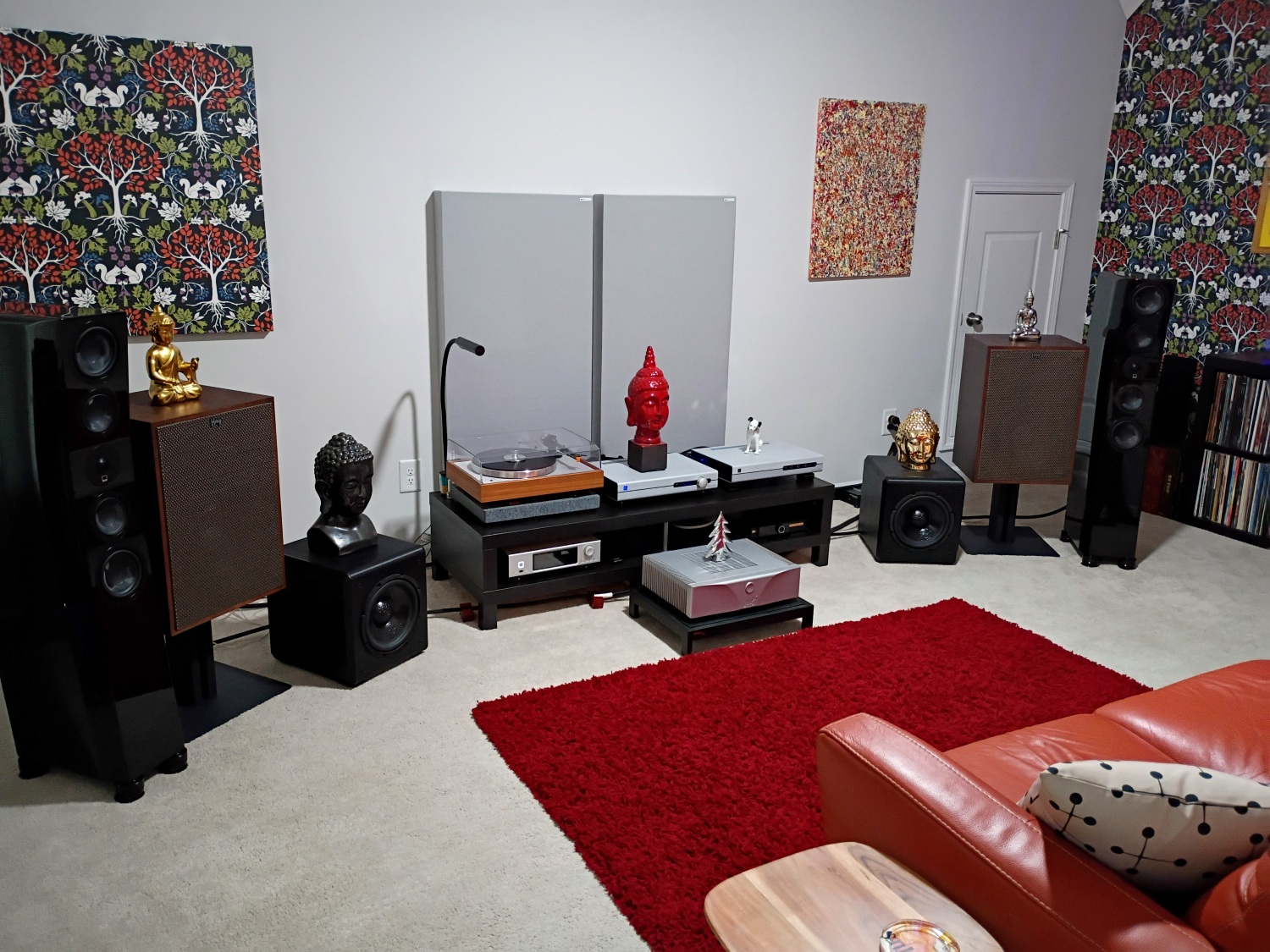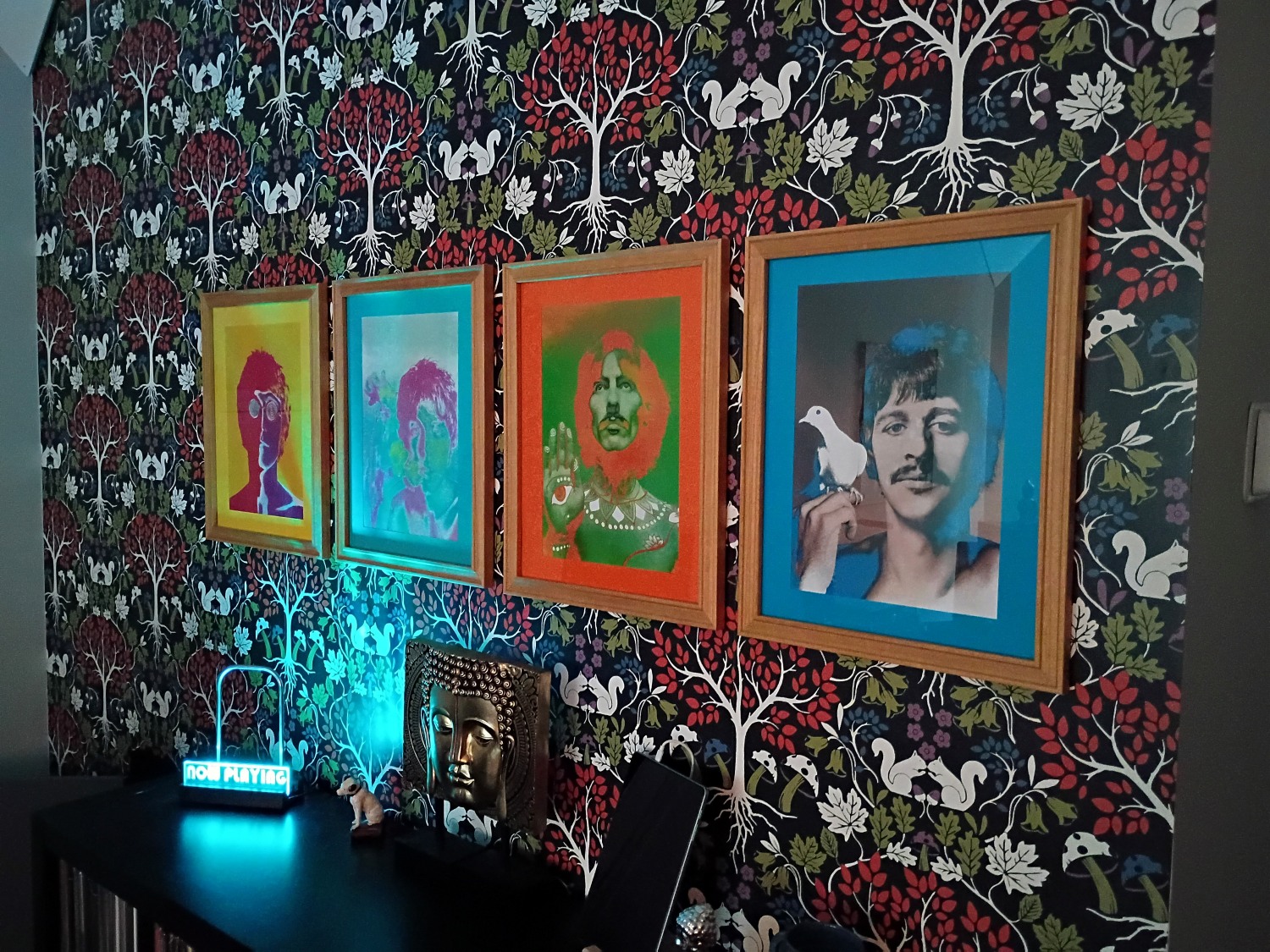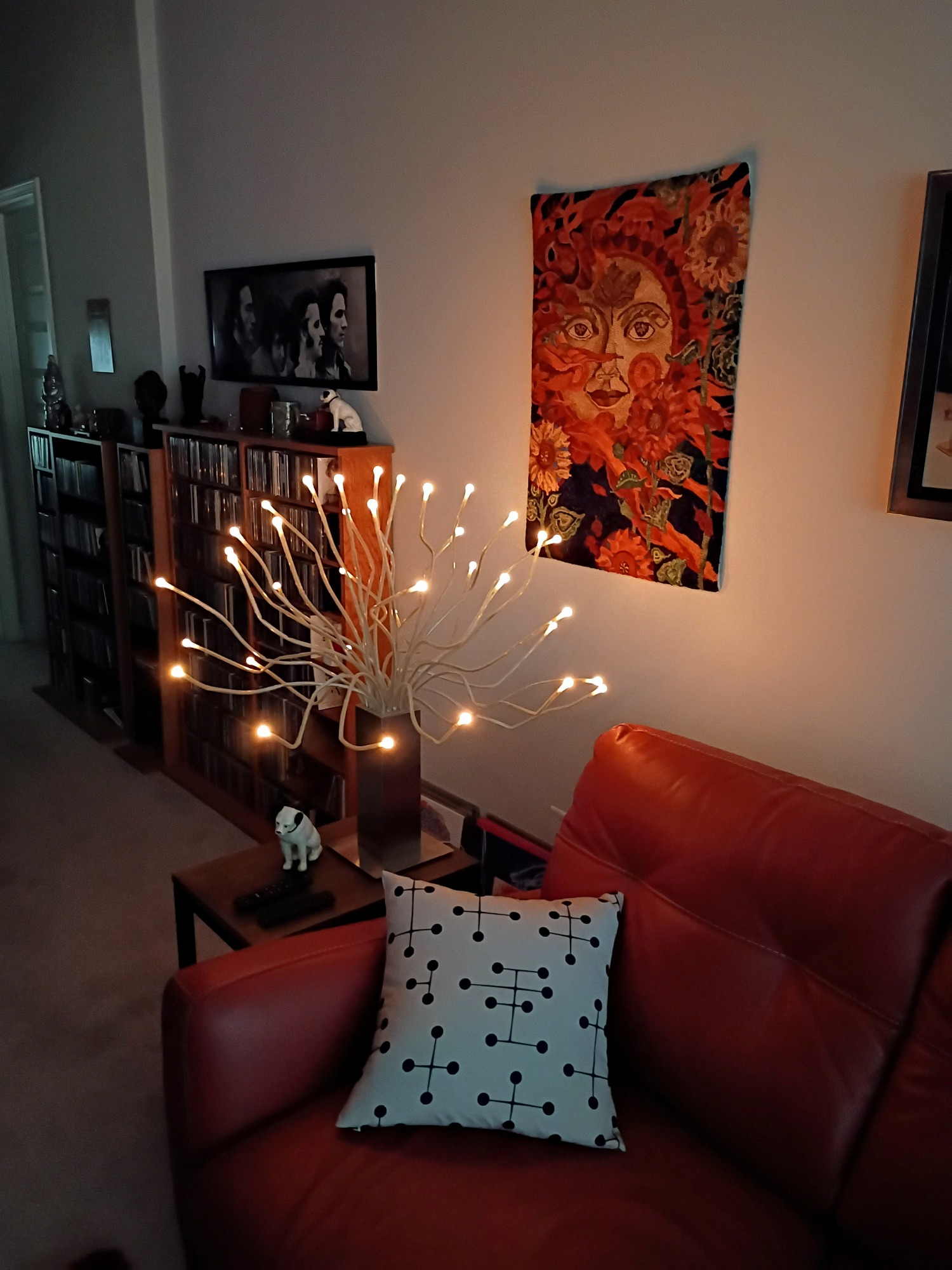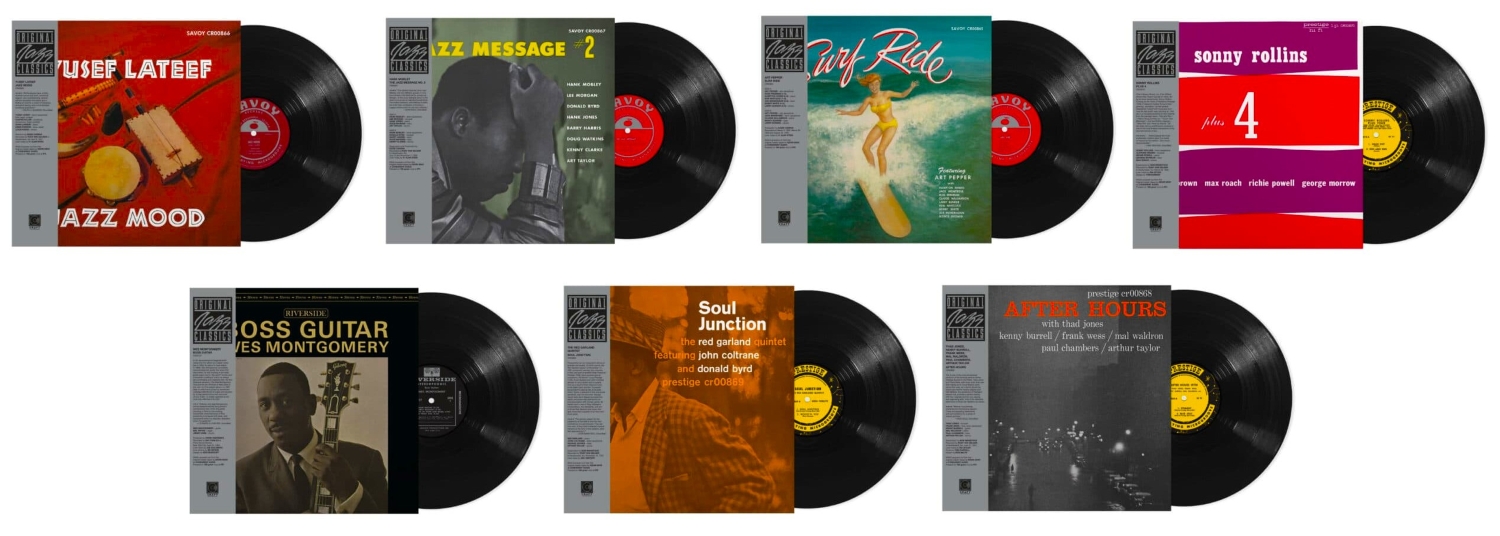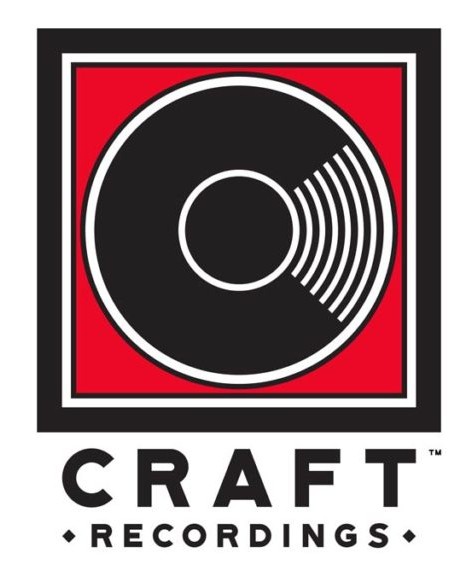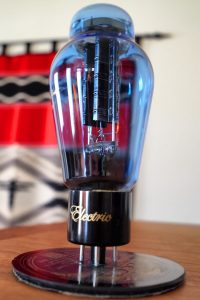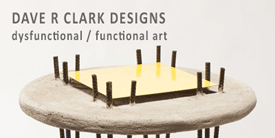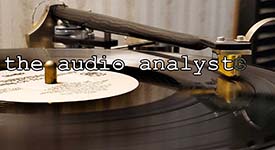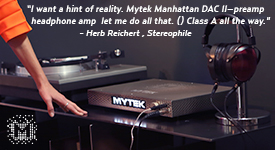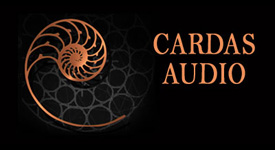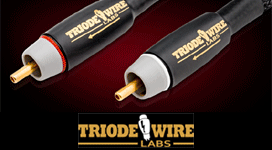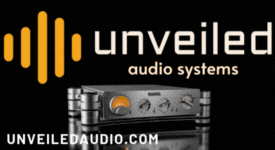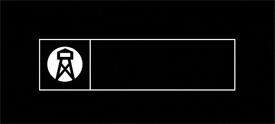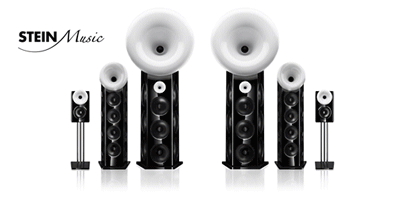In my recent review of the Advance Paris A12 Classic integrated amplifier, I was smitten with its great looks and retro-cool vibe, but it also proved to be a superb all-around performer. And its impressive range of features ought to make it a top choice for anyone looking to build a system around a high-end integrated; you can read my full review HERE. I loved that the A12 Classic was a hybrid, Class A/AB design with a tubed preamp section—I love tubes, and felt its pair of input tubes offered the sonic potential to push the amp's performance into the stratosphere. But as that review rolled along (pun intended), I came to realize that the one thing holding the A12 back from achieving ultimate performance was indeed that pair of stock tubes. I was hearing a slightly harsh upper-mid/treble character I couldn't attribute to anything other than the tubes; perhaps giving them a hundred-plus hours of additional run-in might help smooth out their upper registers. But as the weeks rolled along (there it is again!), it became obvious to me that the slight tonal mutation I was hearing wasn't going anywhere.
In an attempt to determine which tubes Advance Paris used in the A12 Classic, I did a fairly extensive online information dig; that basically got me nowhere. The A12 specs listed the tube size (12AT7), but not the brand, and Advance Paris' product page only featured an image of a pair of JJ Electronic small signal tubes. While it was likely that those actually occupied the A12's tube sockets, it was difficult to have any level of certainty. And shining a flashlight through the amp's glass window was useless; the tube orientation made it impossible to read the screen-printed label. It ultimately really didn't matter what brand the tubes were—they definitely needed to be replaced.
As my web search continued, I attempted to determine if anyone had actually rolled new tubes into the A12 Classic. Multiple results only focused on the exceptional level of difficulty in replacing the tubes, and none specifically mentioned any benefits the user gained from the upgrade. Or whether it had even been accomplished; each response seemed to stonewall at the mere thought of having to remove the amp's outer cover to access the tube sockets. I wasn't encouraged by any of this, but my love of tubes and tinkering with them got the best of my curiosity. I decided the prudent thing to do would be to roll in a new set of tubes of a much higher provenance, so I reached out to Nelson Wu at RAY Tubes. He shared my enthusiasm, and quickly arranged to send a matched set of their ne plus ultra Select 12AT7's to assist in my evaluation.
Ray Select 12AT7 dual triode tubes are ready for action!
The matched set of Select 12AT7's were drop shipped from the factory in China and arrived in about ten days. The 12AT7 tube is a dual-triode design that isn't visually dissimilar to its sister tubes, the 12AX7 and 12AU7, but is more well suited for use in high-end audio preamplification circuits than either of those varieties. 12AT7 tubes have higher gain and transconductance than 12AU7 tubes, but are also lower in noise, with increased current capacity, higher headroom, and overall higher fidelity than the others. The further I dug into information on this tube variant from sources all over the web, the more clearly I understood why Advance Paris chose it for use in the A12 Classic's preamp circuit.
The RAY Select Tubes come packed in a colorful, foam-lined beauty box that functionally protects the tubes from any shipping mishaps. Every part of RAY's manufacturing process exudes perfection, and their gold-plated pins are the finishing touch to their jewel-like appearance. Select tubes offer a substantial upgrade from most new production tubes, and will outperform many uber-expensive NOS varieties. Select 12AT7 tubes tend not to emphasize overly deep bass, but offer controlled response that's produced with clarity and definition; they're superb performers in systems that feature frequent playback of acoustic music. In addition to an exceptionally clear and balanced midrange, Select 12AT7's presentation is detailed and articulated with a touch of warmth. Treble frequencies highlight clarity and transparency, with extended, detailed response and a slightly bright top end. Select 12AT7's image with exceptional realism and precision, and also project a wide and deep soundstage. When RAY says the Select range of tubes are the best you'll ever need, it's not hyperbole—they're truly fantastic tubes!
Tearing into the A12's chassis
I've never flinched at taking things apart to get a better look at their inner workings. That gung-ho approach made it easy for me to reinterpret all the negative online comments about tube rolling; I quickly transposed comments that told me "not to bother" as actually meaning "yes, by all means, you can do this!" The first step was removing the amplifier's cover, which required loosening eight screws on the back panel and two each on the sides. It then simply lifted off its frame—which revealed the amp's impressive dual-mono construction—but still no tubes in sight. On closer inspection, I realized that the pair of 12AT7 tubes were enclosed within a cage with an attached PCB board that had a number of components soldered to it. Staring at the seemingly impenetrable presence of the cage, as the Brits would say, "got my knickers in a bit of a twist!"
At first glance, the cage that surrounds the A12 Classic's preamp tubes looks impenetrable!
Once the cage was removed, it was easy to access the stock tubes, remove them, and roll in the new RAY Select 12AT7's.
But after grabbing a small flashlight to take a closer look at the intersection of that vertical PCB board and the preamp board, I realized the cage plugged into the preamp board, and was attached to it by a pair of small screws. Pro Tip: To remove and replace those small screws, use a magnetic screwdriver, which minimizes the risk of dropping them inside the A12's chassis. After tilting the cage slightly away from the amplifier's front panel, it simply lifts up and out, revealing the pair of input tubes. The PCB board on the protective cage appears to serve a singular purpose: it provides additional backlighting to the tubes from inside the amplifier. Those tubes, as it turns out, weren't from JJ Electronic after all (which are manufactured in Slovakia), they were made by Psvane in China—and were definitely the baseline, least expensive tube in their lineup.
The Psvane tubes are nothing special, even the pins are fairly inconsistent.
Psvane tubes are reliable and generally well-made¹, but in this instance, replacing them with something approaching the ultimate would be useful in determining the full mettle of the A12's high-end pretensions. Those supplied with the A12 only retail for about $36 for the pair, and are definitely far lower in the pecking order than the RAY Select tubes. Advance Paris' manufacturing facility in Taiwan likely uses whatever tubes they happen to have on hand, whether from JJ, or Psvane, or from wherever, and the tubes used in this particular amp may very well have been substandard. Or perhaps might have needed additional hours on them to even out their overall tonal character—though no matter how many weeks I played them, that character never really changed. The matched pair of RAY Select 12AT7's sell for well over five times the price point of the Psvanes, but at only $207, they represent a very small percentage of the overall cost of the A12. And could potentially add a significant uptick to every aspect of its sound quality and performance; their cost is peanuts in the world of high-end audio, so I'd definitely suggest going for the upgrade.
It was really interesting to actually see the dual-mono layout of the Advance Paris A12 Classic.
While I was initially hesitant to tear into the A12 Classic, I do often post under-the-hood photos of equipment in for evaluation, which requires removing the outer cover for a few quick snaps. Removing the cover to roll the tubes satisfied both objectives, simultaneously. And despite online complaints about the difficulty of rolling these tubes, disassembly, removal/replacement, and reassembly took only ten minutes. Ten minutes—yeah, internet guys, that's definitely cause for some serious consternation over rolling the tubes in this amp!
Listening to the A12 Classic with RAY Select 12AT7 tubes
The tube rolling experience in this evaluation was exceptionally rewarding. Relistening to musical selections from my previous sessions showed the differences to be nearly night and day, and tracks played through the A12 now featured more controlled bass with an increase in midrange and treble clarity. The presentation was more detailed, there was more air and space around the performers and instruments, and they occupied the soundstage with a greater degree of realism and precision. I have a deep familiarity with the music I use for equipment evaluations, which was now completely absent of any upper-mid or treble artifacts. And the otherwise lackluster sound I heard from playback through the stock Psvane tubes was now gone. You can click on my name in the header above to see the contents of my dual audio systems, where I have many months of experience listening to my current digital front end. The RAY Select tubes rolled into the A12 Classic elevated every one of my system performance metrics to a significantly higher level.
I've had fairly extensive experience with RAY Tubes from their inception; they're not inexpensive, but often outperform more exotic tubes, including hyper-expensive NOS varieties. In this instance, the RAY Select tubes made a significant difference in the performance of the A12 Classic amplifier, totally resolving any issues I had with its stock tube sound quality while substantially lifting its audiophile credibility. At the point when I reached that conclusion, I reached out to Advance Paris' publicist Jaclyn Inglis to gauge her response to my having gone off the rails on this tube rolling adventure. She was intrigued but also supportive, and even told me that she was almost certain the tubes used in the A12 Classic were supposed to be (made in the US) NOS Raytheons. That might have been the original design intent, but as I mentioned above, the factory may have taken the liberty to substitute whatever tubes they had on hand. Or could easily get in the current mad economic environment, where the availability of new production or especially NOS tubes could have suddenly become extremely limited.
An interesting tidbit I noted: despite 12AT7 tubes being characterized as having less deep bass than their siblings, upon rolling the RAY Selects into the A12 Classic, I immediately had to rejigger the dual subwoofer settings in both my digital and analog source systems. The bass output of both systems with the RAY Select tubes in place was higher than with the stock tubes—once I rebalanced the subwoofer levels, everything snapped into place and the sound quality became gloriously cohesive!
Rolling tubes is great fun—when you get the correct results!
While I desperately tried to ignore it, I just couldn't seem to get that unresolving upper-mid/treble character out of my head, and it seemingly got worse with every listen. Rolling the RAY Select 12AT7's into the A12 Classic eliminated the problem and enhanced my listening sessions, while significantly raising my overall impression of the amp's goodness. I'm always all in for adding tubes into any musical equation, but if you're going to even bother, at least use reference quality tubes like the RAY Selects.
RAY Tubes are distributed in the US and available for purchase from Apos Audio. The RAY Tubes Select 12AT7's come very highly recommended, and they'll definitely improve any amplifier or preamplifier you plug them into. Many thanks again to Nelson Wu of RAY Tubes for all his assistance in making this review possible.
RAY Select 12AT7 tubes
Retail: $207/matched pair
RAY Tubes
Apos Audio
All images supplied by RAY Tubes and the author.
¹ I've actually read some credible information online that suggests the PrimaLuna branded tubes originally supplied stock with my EVO300 tube integrated are in fact made by Psvane. If true, that would probably explain a lot about their performance (or lack of it), before they were ultimately (and thankfully!) replaced by a full complement of RAY Tubes.

